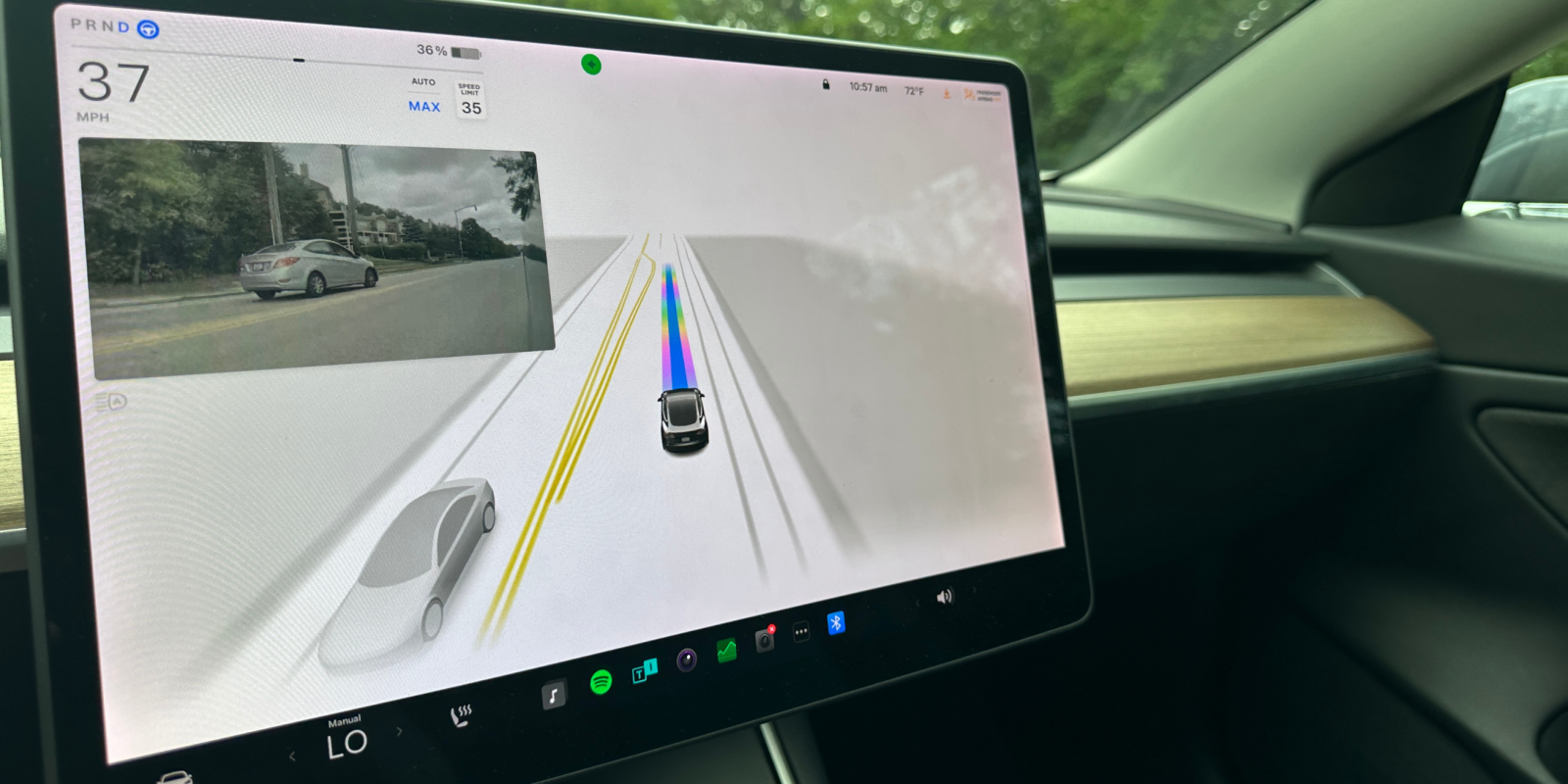
Tesla has started pushing its new Full Self-Driving (FSD) v12.4 update, and it confirmed the removal of the “steering wheel nag”, but it improved camera-based driver monitoring, including shutting down the sunglasses loophole.
As usual, Elon Musk has been hyping up the next Tesla FSD update as “mind-blowing”, but this time, he went beyond the superlatives and released a few verifiable details about the update.
Musk said that v12.4 should result in a 5 to 10x improvement in miles per intervention. It’s going to be hard to verify because Tesla never released that data for previous versions of the software, but we do have some crowdsourced data that we could compare it to.
The CEO also said that v12.4 would remove what most people call “steering wheel nag.”
“Steering wheel nag” is what Tesla drivers call the alerts the vehicle sends to remind drivers to apply pressure on the steering wheel. Tesla doesn’t have a way to detect hands on the steering wheel, so it can “confirm” drivers keep their hands on it – by detecting torque being applied on the wheel.
Tesla has started to push the update to its internal fleet this weekend and now we have more details about the changes in driver monitoring.
The automaker wrote in the release notes of the update (via Not a Tesla App):
When Full Self-Driving (Supervised) is enabled, the driver monitoring system now primarily relies on the cabin camera to determine driver attentiveness. This enhancement is available on vehicles equipped with a cabin camera and only when the cabin camera has clear and continuous visibility of the driver’s eyes (e.g., the camera is not occluded, there is sufficient cabin illumination, and the driver is looking forward at the road ahead and not wearing sunglasses, a hat with a low brim, or other objects covering the eyes).
Tesla warns that there will still be some steering wheel nag if outside of the circumstances listed above:
Outside of these circumstances, the driver monitoring system will continue to rely on a combination of torque-based (steering wheel) and vision-based monitoring to detect driver attentiveness.
Top comment by Marion & Michael
@Fred Lambert Would be grateful if you linked the crowdsourced interventions data referenced above - thanks 🙂
The automaker also commented on how the camera-based driver monitoring is going to work:
If the camera detects the driver to be inattentive, a warning will appear. The warning can be dismissed by the driver immediately reverting their attention back to the road ahead. Warnings will escalate depending on the nature and frequency of detected inattentiveness, with continuous inattention leading to a Strikeout.
While we have yet to see this in practice, it does sound like Tesla might be relaxing the frequency of alerts on that front, too, as long as the driver is paying attention.
Tesla is trying to reassure everyone that the camera data from the cabin doesn’t leave the vehicle:
Cabin camera images do not leave the vehicle itself, which means the system cannot save or transmit information unless you enable data sharing.
Tesla is expected to start pushing the v12.4 update to the wider fleet this week.
FTC: We use income earning auto affiliate links. More.






Comments